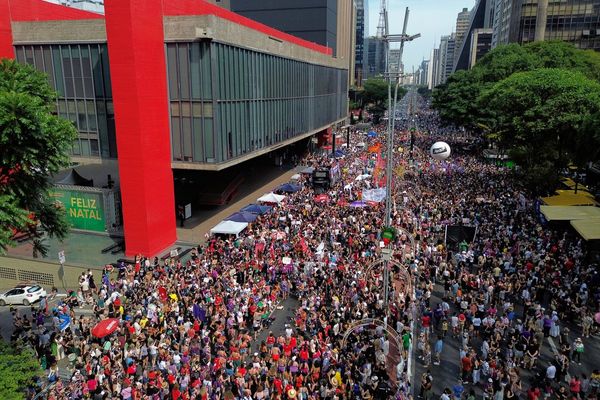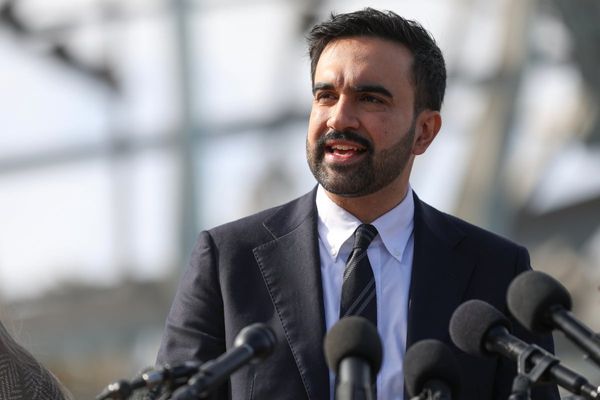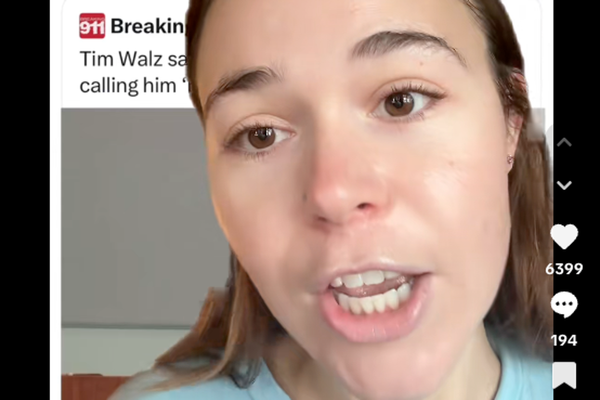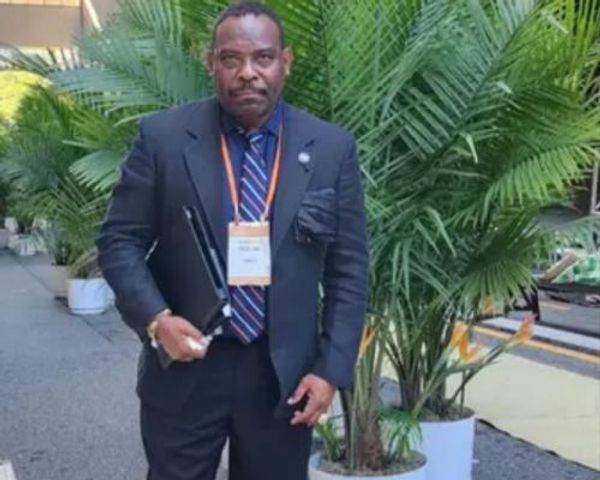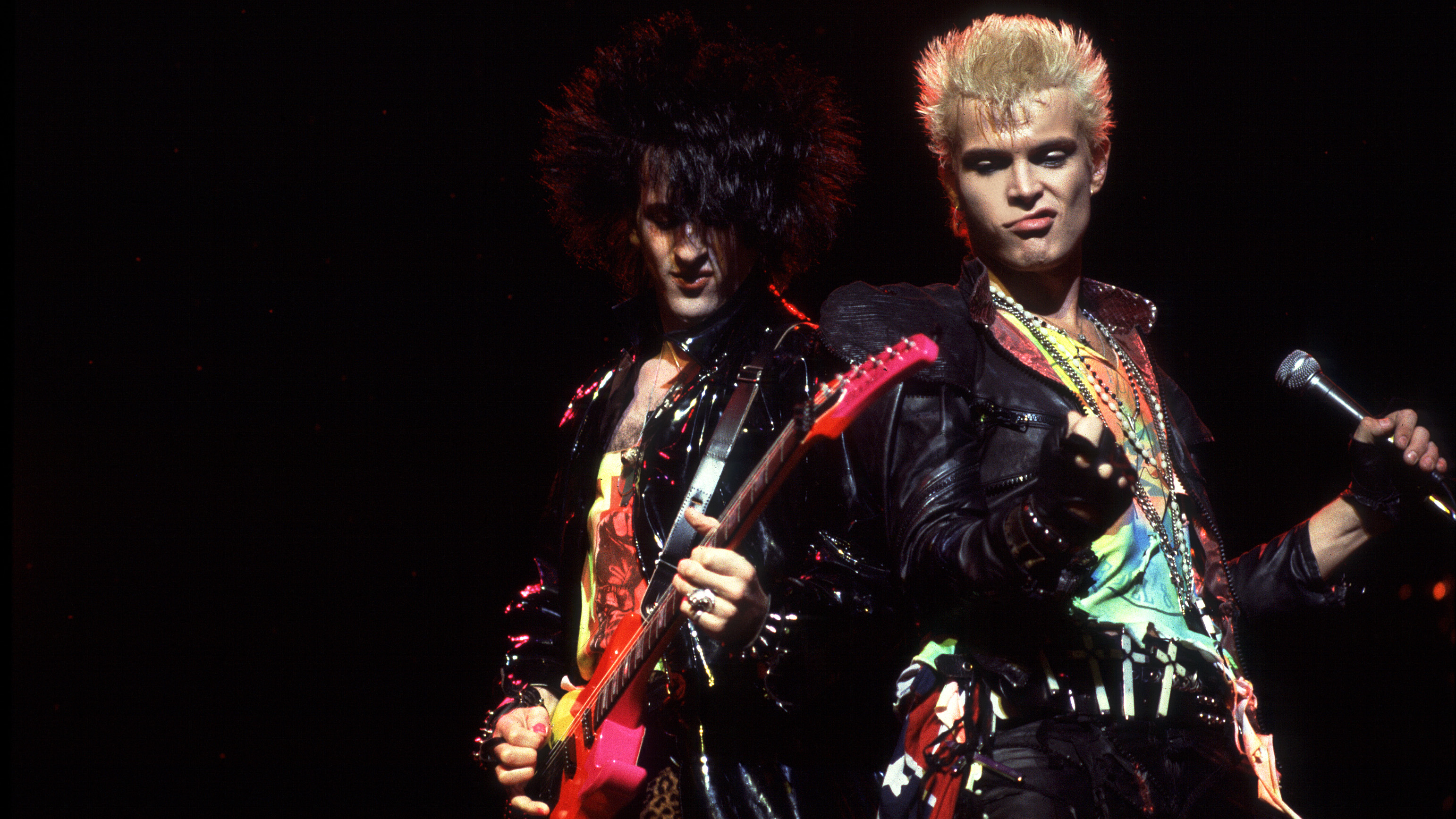
Guitarist Steve Stevens starred alongside Billy Idol on two of the greatest rock anthems of the ’80s — White Wedding and Rebel Yell.
And with both songs, it was Stevens who landed the first blow with a killer guitar hook.
His strategy was to make those opening licks immediately identifiable. And judging by the lasting success of those two classics, he accomplished his goal.
Looking back on those heady days in the ’80s, Stevens tells MusicRadar: “I always had a little grab bag full of guitar motifs in my back pocket. Like, ‘Oh, maybe this will come in handy one day.’
“Certainly, the intro of Rebel Yell started with one of those riffs I had in my back pocket.”
Surprisingly, Stevens cites a veteran acoustic guitar master as an inspiration for Rebel Yell.
“That hybrid picking came from my love of Leo Kottke,” he says.
“But in those days, the DJs would talk over the first 15 seconds of songs, so I thought, ‘This better have something that makes people think right away, ‘Oh, right, that’s Billy Idol.’
“We always called it a flag. Our producer even said, ‘You need a flag at the top.’”
This trick wasn’t new to Stevens, as he’d planted his ‘flag’ at the top of Idol’s previous hit, 1982’s White Wedding.
He recalls: “With that song, I thought, ‘Oh, I’ve got just the thing…’ So I did the harmonic pick scrape thing at the beginning.
“But that which actually added after the rest of the tune was completed.
"And again, I did it just because we wanted to let them know that the pirates are on their way!”
Stevens' memories of cutting White Wedding are vivid.
“It was done at Westlake Studios in Los Angeles,” he says. “I think it was at the same time that Michael Jackson was working on a record, and I could see [Jackson’s producer] Quincy Jones in the hallway.
“Doing White Wedding was a learning experience. That song was not only the last tune written, but the last one we recorded.
“By then I had my footing. I felt confident, and thought, ‘Oh, okay, now I understand.’ I had an opinion about the guitar sounds and how they should be mixed.”
Stevens says that his know-how and opinions gained strength a year later when he cut Rebel Yell, leading to an even more confident approach.
“It became clear to me that it was beyond just being a guitar player,” he says. “It was about actually being a producer.”
Recalling the experience of cutting Rebel Yell, he says, “That was done at Electric Lady Studios in New York.
“As a kid, I said, ‘One day, I’ll be in that studio,’ so I was like a kid in a candy store.
“By the time that Rebel Yell was done, I knew how I wanted my guitar to sound. And doing it in that studio was the most inspiring thing because, after all, it was the house that Jimi Hendrix built.”
